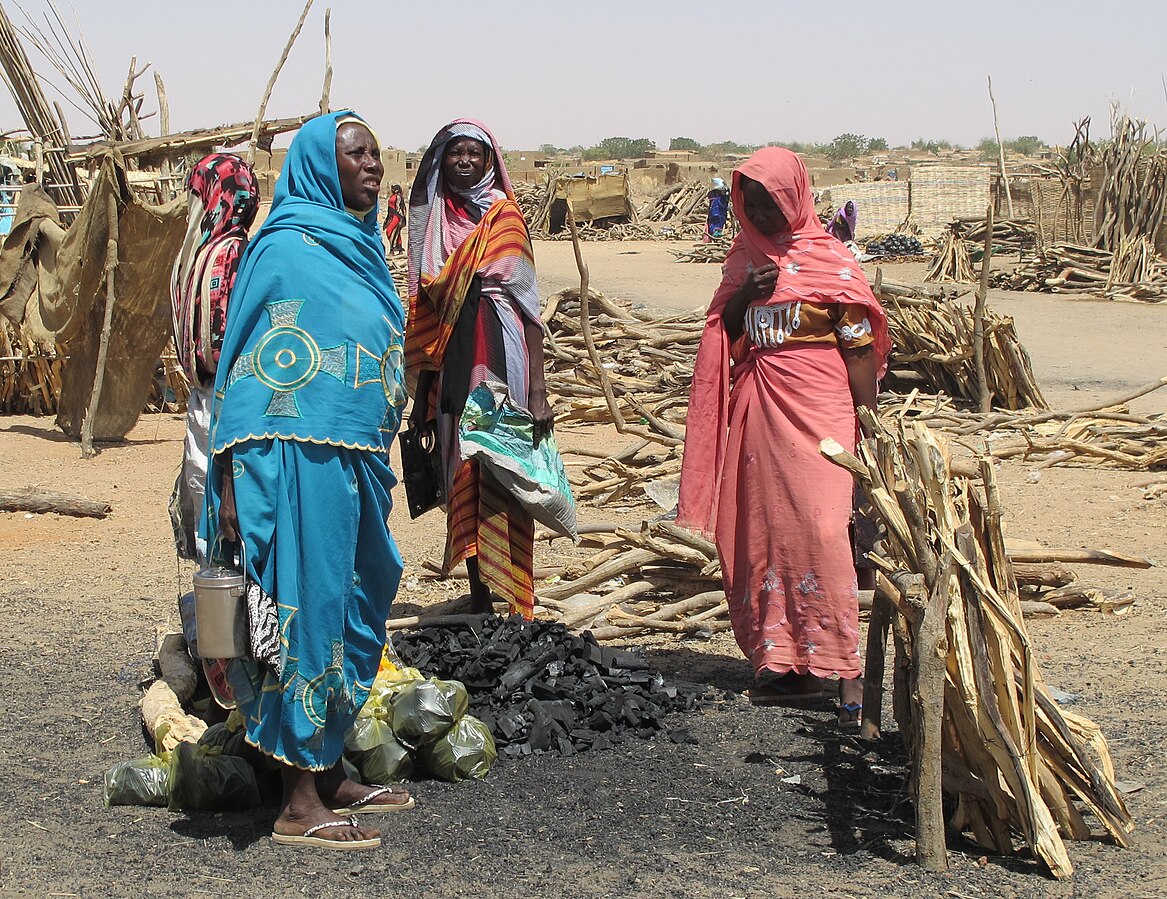The International Organization for Migration (IOM) reported on Tuesday that more than 10 million Sudanese, over 20 percent of the population, have been displaced from their homes.
The Sudan Mobility Overview, a bi-monthly report, compiled data from the past few months gathered through the IOM’s Displacement Tracking Matrix.
Since the Sudan conflict began in April 2023, an estimated 7,794,480 people have been internally displaced, and around 2,238,671 individuals have crossed borders into neighbouring countries such as Chad, South Sudan and Egypt. Most internally displaced persons (IDPs) originated from Khartoum (the capital of Sudan), South Darfur and North Darfur. Due to the escalation of clashes across states, many IDPs have experienced multiple displacements.
Over half of the IDPs, 53 percent, are women, with 47 percent being men, and approximately 55 percent are children under 18 years old. As the majority of the displaced persons are children, the report emphasizes they are especially “vulnerable to food insecurity and reported health challenges.”
The report states food, healthcare and non-food items such as shelter materials, cooking supplies and sanitation products are some of the primary humanitarian needs among IDP households in Sudan. The widespread shortages of these necessities are attributed to “disrupted supply chains, road closures, and the devaluation of the Sudanese pound.” The report stresses the upcoming rainy season “may further exacerbate access to humanitarian aid and these essential services.” IOM additionally lists IDP households that lack access to livelihood opportunities, protection services, water, sanitation services and shelter.
In a statement from June, IOM warned of the extreme risk of famine and disease as the brutality and intensity of the war meant “70 percent of the people forced to move in Sudan are now trying to survive in places that are at risk of famine.” The recent report affirms the severity of this risk underlining the dire state of food insecurity in Sudan, reporting that 89 percent of IDP households are unable to afford food.
The recent escalation of clashes in Al Fasher, the capital of North Darfur, has made mobility difficult as road blockages and high transportation costs have meant civilians are unable to reach safer areas, and humanitarian aid entering the city has been limited. The United Nations (UN) humanitarian coordination platform, the Inter-Agency Standing Committee (IASC), issued a statement in May urgently requesting the conflicting parties to permit “unimpeded humanitarian access” to ensure civilians would receive necessary aid, and called for the immediate cessation of “all acts denying, obstructing, and interfering with, or politicizing, humanitarian action.”
On Tuesday, a UN press briefing by the Office of the Spokesperson for the Secretary-General noted the recent UNHCR delivery of aid and relief to 2,000 displaced families and the WFP effort of over 120,000 IDPs receiving food assistance. Acknowledging the progress made on the funding received from donors for the Humanitarian Response Plan, concern was expressed that the funding was at 30 percent over halfway through the year.
In what is regarded as the world’s worst internal displacement crisis, escalating conflict, a lack of access to humanitarian aid and limited funding are factors aggravating the situation.


